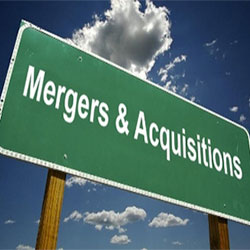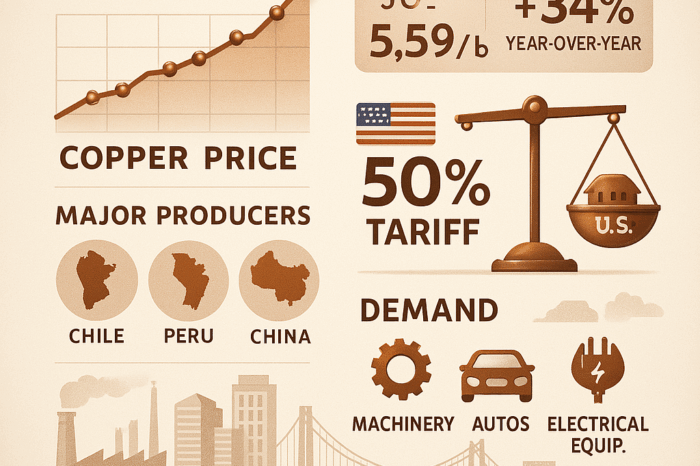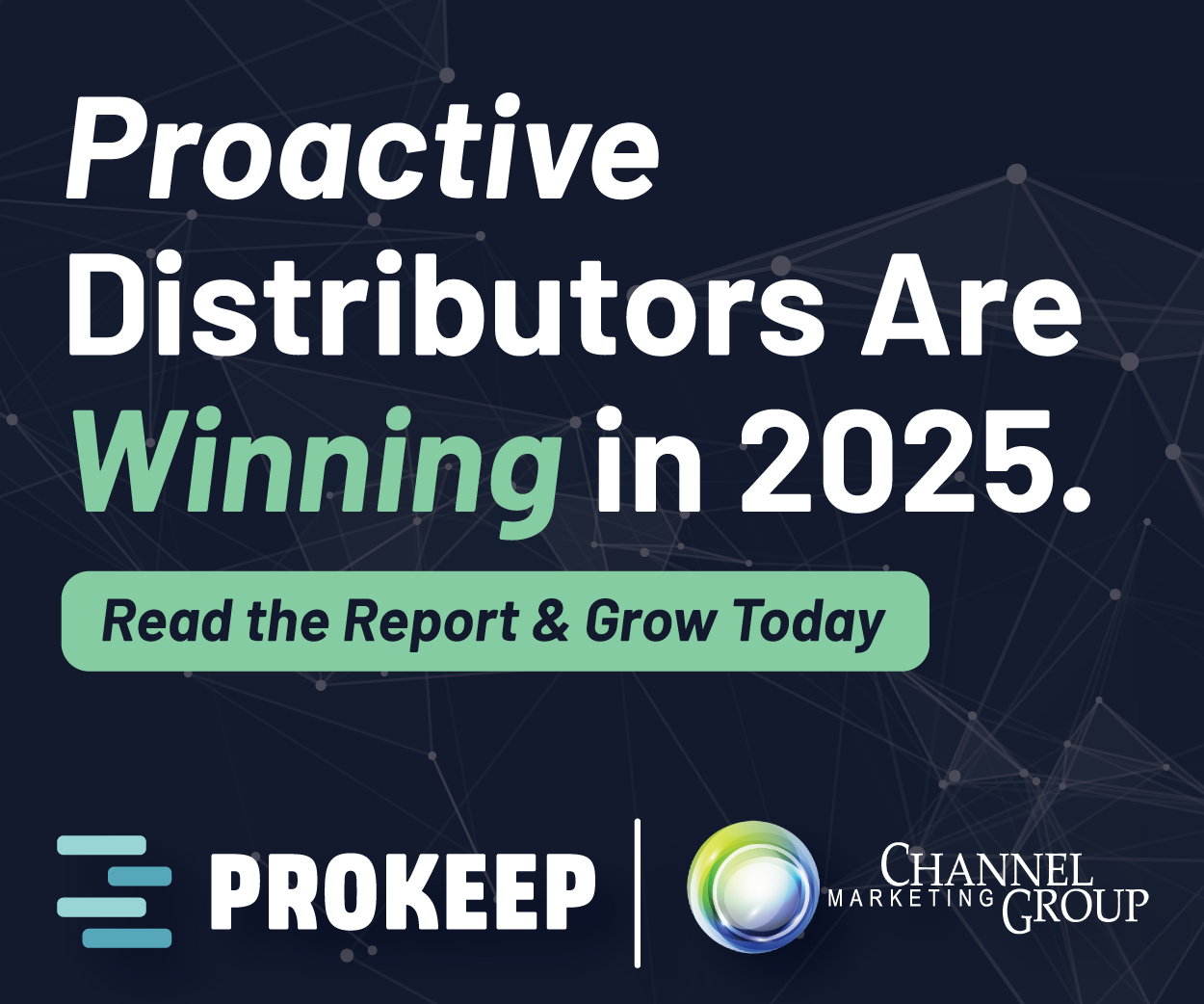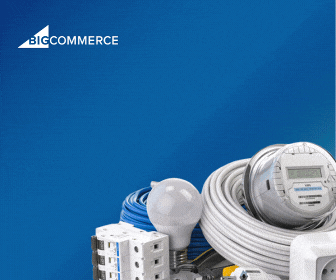Planning … to Drive 2H and 2026
 Looking back at the first half of the year, it has been challenging – weather, on again / off again tariffs, war (Ukraine and Middle East), interest rates, and more – have led to a challenging first half for many. Recent reports I’ve seen relating to the residential remodeling market as well as our forthcoming Q2 Pulse of Lighting report hint of concern for Q3.
Looking back at the first half of the year, it has been challenging – weather, on again / off again tariffs, war (Ukraine and Middle East), interest rates, and more – have led to a challenging first half for many. Recent reports I’ve seen relating to the residential remodeling market as well as our forthcoming Q2 Pulse of Lighting report hint of concern for Q3.
The question becomes, where is the economy going?
Chris Sokoll, president of DISC, recently posted an article highlighting issues that he sees.
While this should be a concern for everyone, it is also critical information to consider.
Why? Because many companies will start 2026 planning over the summer. While it is important to have goals and ideas, it is equally important to conduct a SWOT analysis. And the T in SWOT is Threats, which can be economic and geopolitical.
Part of the planning process should be scenario planning. The factors Chris highlights can factor into your scenario planning. A benefit of scenario planning is it tests the adaptability of your team.
Chris focused on factors that could influence the macro-economy while directly tying is to electrical industry opportunities and threats.
The Economic Impacts of Tariffs, Geopolitical Unrest, and Policy Uncertainty on the Electrical Economy
“The overall electrical economy—encompassing everything from power generation and grid infrastructure to electric vehicles (EVs) and battery storage and construction—sits at the intersection of technological innovation and international policy. These are the primary drivers of the Electrical distribution economy. The sector faces mounting challenges from tariffs, geopolitical unrest, and policy uncertainty. These factors can significantly disrupt supply chains, investment flows, and long-term planning, ultimately influencing the pace and cost of the distribution marketplace.
Tariffs and Trade Barriers
Tariffs on critical components, such as lithium-ion batteries, solar panels, and semiconductors, can raise production costs and slow the deployment of electrical infrastructure. For instance, U.S.-China trade tensions have led to tariffs on Chinese-made solar panels and battery components, increasing costs for American renewable energy projects. These added expenses can deter investment, delay projects, and reduce the competitiveness of domestic manufacturers who rely on global supply chains for raw materials and intermediate goods.
Moreover, retaliatory tariffs can create a feedback loop, where countries impose countermeasures that further fragment global trade. This fragmentation can hinder the global diffusion of clean technologies, particularly in economies that depend on affordable imports to build their electrical infrastructure.
Geopolitical Unrest
Geopolitical instability—such as conflicts in Eastern Europe, the Middle East, or the South China Sea—can disrupt the supply of critical minerals like cobalt, nickel, and rare earth elements. These materials are essential for manufacturing batteries, wind turbines, and other electrical components. For example, the war in Ukraine has impacted the global supply of nickel and aluminum, both of which are vital to the EV and grid storage industries.
Additionally, unrest in key shipping lanes or resource-rich regions can lead to logistical bottlenecks, increased insurance costs, and delays in project timelines. Companies may be forced to diversify supply chains or invest in domestic production, which, while potentially beneficial in the long term, can increase short-term costs and complexity.
Policy Uncertainty
Unpredictable policy environments—whether due to shifting political leadership, regulatory rollbacks, or inconsistent climate commitments—can deter long-term investment in the electrical economy. Investors and developers require stable and transparent policy frameworks to commit capital to large-scale projects, such as wind farms, transmission lines, or electric vehicle (EV) manufacturing plants.
For instance, sudden changes in tax incentives or renewable energy mandates can undermine business models and lead to stranded assets. Conversely, clear and consistent policies—such as the U.S. Inflation Reduction Act or the EU Green Deal—can catalyze investment by providing long-term visibility and reducing perceived risk.
The electrical economy is a cornerstone of the global energy transition and construction, but it is susceptible to external shocks. Tariffs can inflate costs, geopolitical unrest can disrupt supply chains, and policy uncertainty can stall investment. To mitigate these risks, governments and industry leaders must prioritize international cooperation, diversify supply chains, and establish stable policy environments. Only through coordinated action can the world ensure a resilient and equitable transition to a low-carbon future.”
Other Planning Considerations
When Chris and I were talking, we highlighted some other macro issues that are on the horizon:
- Fiscal policy, especially given the current budget bill and various scenarios.
- What will the “final” tariff game be?
- What could happen with the copper review?
- The impact of ICE, let alone changing a raid policy and what, if any, immigration reform policies there may be.
- The impact of DOGE and other federal funding cutbacks that tie to education / healthcare research investments … and what this could do for construction, MRO spend, spillover in those areas due to layoffs.
- If tariffs do not materialize, how much industrial reshoring will occur?
- Is there enough power / water “in your area” to support data center construction?
The impact of some of these differs by company and hence should be factored into your planning process.
And if you are a manufacturer, another key element is “what will your sales and distribution network look like in 2026?” Seems like a crazy question to pose but consider channel dynamics including:
- Generational change … consolidation! What does it mean when there are less manufacturer representative firms? Less independent distributors? How does this change your strategy? Your marketing efforts / needs? Operational opportunities, especially if powered by technology (and yes, maybe AI.)
Planning should be powered by data … yours and 3rd party (the DISC data is used by more people in the channel than any other data source).
It should also be provoked by outside thought as an idea generator which means take advantage of companies trying to sell you something (you don’t have to buy, but use it as a learning opportunity), consider the research reports we’ve launched this spring (Demand Generation, State of eCommerce, Customer Loyalty), and yes, we (Channel Marketing Group), can also help.
Planning now may solely be an idea generation session, but don’t leave it to the last minute, as planning helps achieve goals and provides shelter under the umbrella.























